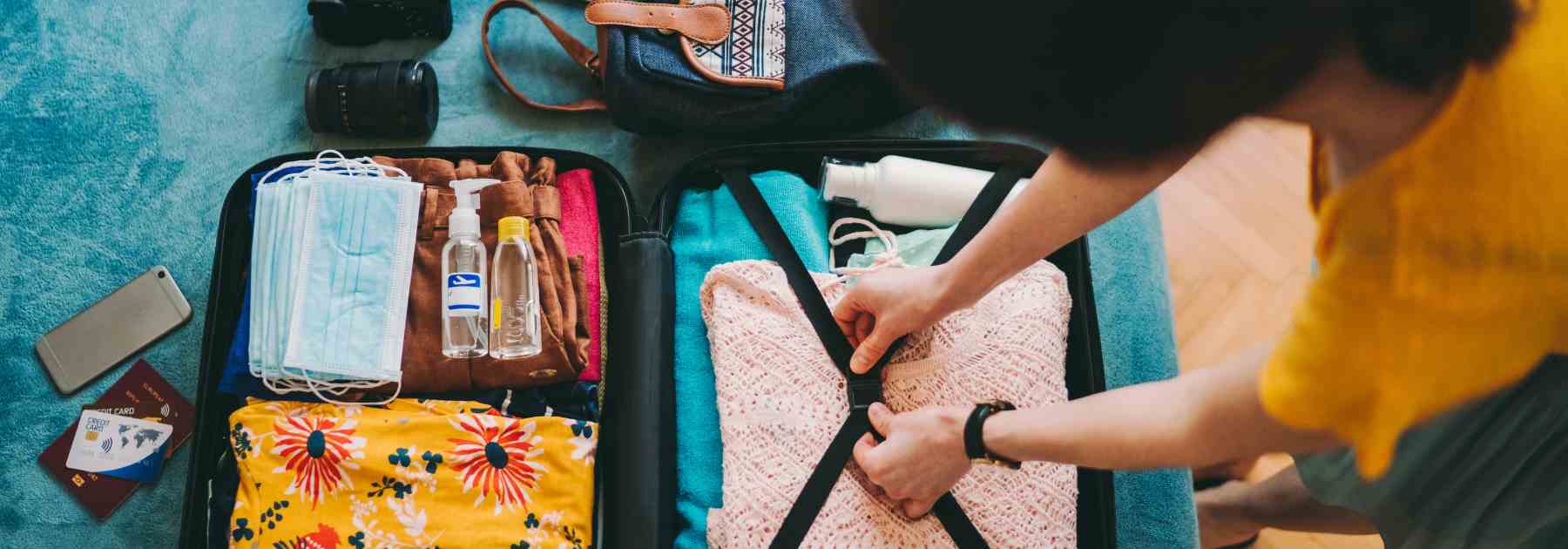Family holidays are a time for adventure, relaxation, and making memories—but they also come with their fair share of unpredictability. From grazed knees to upset stomachs, it’s not uncommon for little ones to encounter minor health hiccups while travelling. That’s why a well-stocked travel first aid kit is a must-have for every parent.
At Vivo Pharmacy, we help families prepare for holidays with practical advice and products that make a real difference abroad. In this guide, we’ll share what every family should include in their travel first aid kit, with a special focus on children’s health and safety.
Why Travel First Aid Kits Matter for Families
When you’re away from home—particularly in unfamiliar or remote locations—it may not be easy to find a pharmacy or doctor quickly. A travel first aid kit allows you to manage minor illnesses and injuries on the spot, helping you avoid unnecessary stress or disruption.
Children, in particular, are more susceptible to sunburn, insect bites, motion sickness, and upset stomachs. Having the right medication and supplies on hand gives you peace of mind and ensures you can focus on enjoying your holiday.
Essentials for a Family Travel First Aid Kit
Here’s what we recommend for parents travelling with babies, toddlers, or young children:
1. Pain and Fever Relief (e.g. Calpol Sachets)
Paracetamol and ibuprofen are essential for managing pain, teething discomfort, or fever. For children, Calpol sachets or melt-in-the-mouth tablets are convenient and easy to administer while on the go.
Tip: Always check the correct dosage for your child’s age and weight, and pack a dosing syringe or spoon.

2. Antihistamines
Children can have unexpected reactions to insect bites, pollen, or unfamiliar foods. A child-friendly antihistamine syrup (like chlorphenamine) helps manage allergies, bites, and itchy rashes.
Tip: If your child has a known allergy, speak to a pharmacist or GP about carrying antihistamines and possibly a prescribed EpiPen.
3. Rehydration Sachets
Dehydration from vomiting, diarrhoea, or heat can set in quickly—especially in young children. Oral rehydration salts like Dioralyte help replace lost fluids and electrolytes.
Tip: Flavoured options are usually better tolerated by fussy drinkers.
4. Plasters and Wound Care Supplies
Scrapes, cuts, and blisters are almost guaranteed at some point on a family trip. Your travel first aid kit should include:
-
–> Assorted plasters (including cartoon-themed ones to make the process less scary)
-
–> Sterile gauze and bandages
-
–> Antiseptic wipes or spray
-
–> Small scissors and tweezers
-
–> Micropore tape
Tip: Consider adding hydrocolloid blister plasters if you’re planning on doing a lot of walking.
5. Insect Repellent and Bite Relief
Children often react more intensely to mosquito bites and insect stings. Use a child-safe insect repellent that contains DEET (20–30%) or a natural alternative like lemon eucalyptus oil.
Also include:
-
–> Bite and sting relief cream or roll-on
-
–> Antihistamine cream (if suitable for children)
-
–> Mosquito patches or nets if you’re in a high-risk area
Tip: Apply repellent over clothing and exposed skin, but avoid hands and face, especially in young children.
6. Sun Protection and Aftercare
Children’s skin is very sensitive to the sun, so pack:
-
–> SPF 50+ broad-spectrum sunscreen
-
–> After-sun lotion with aloe vera
-
–> Sun hats and UV-protective clothing
Tip: Apply sunscreen at least 15 minutes before sun exposure and reapply every 2 hours, especially after swimming.
7. Thermometer
A digital thermometer is an essential tool to check for fever. Choose one that gives quick readings and is suitable for infants and children.
8. Motion Sickness Remedies
If your child suffers from travel sickness, pack age-appropriate remedies such as:
-
–> Motion sickness bands
-
–> Anti-nausea syrup (e.g. travel sickness liquid)
-
–> Dry snacks and plenty of water
Tip: For long journeys, bring distractions like colouring books or audiobooks to help take their mind off the motion.

Dosing and Safety Tips for Parents
-
–> Always read the labels and follow age-specific dosing guidelines.
-
–> Keep medicines in their original packaging with patient leaflets.
-
–> Store your travel first aid kit in a cool, dry place—preferably in your hand luggage, not checked baggage.
-
–> For flights, check liquid limits and bring a doctor’s note if travelling with prescription medication.
Let Vivo Pharmacy Help You Prepare
At Vivo Pharmacy, we can help you create a personalised travel first aid kit tailored to your family’s destination, age group, and specific health needs. We also offer:
-
–> Travel health consultations
-
–> Children’s travel vaccinations and malaria advice
-
–> Antimalarial tablets and motion sickness relief
-
–> Advice on travelling with medical conditions
Visit Us to Pick Up Your Travel Essentials
A family trip should be filled with fun—not stress over minor health concerns. With a properly stocked travel first aid kit, you’ll be well equipped to handle the most common travel issues and keep your little ones safe and comfortable along the way.
Visit Vivo Pharmacy before your next holiday to pick up everything you need—or speak to our team for trusted, friendly advice. Travel well, travel prepared.
This blog was written on behalf of Vivo Pharmacy by Pharmacy Mentor.

